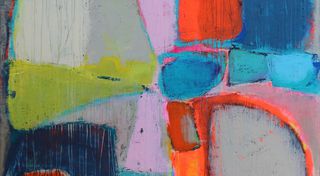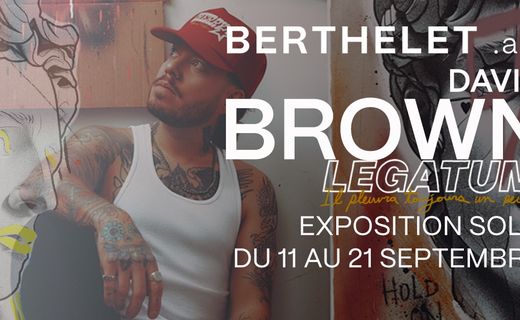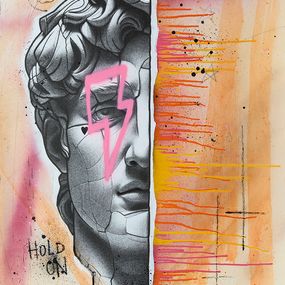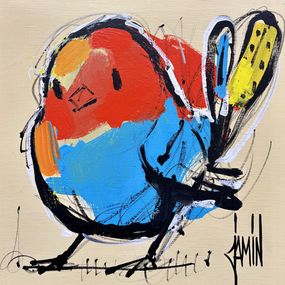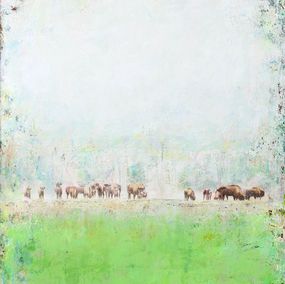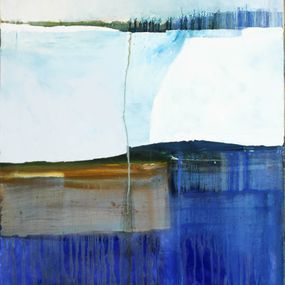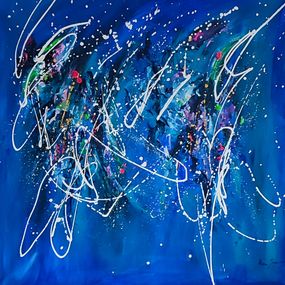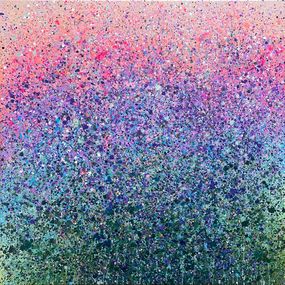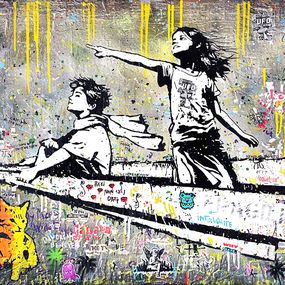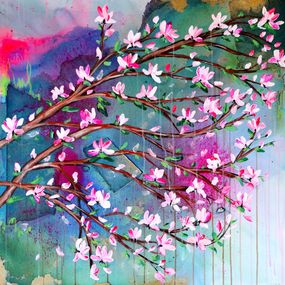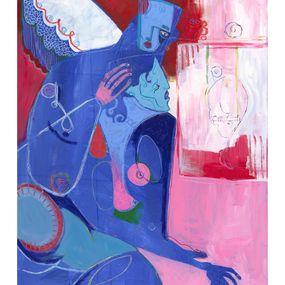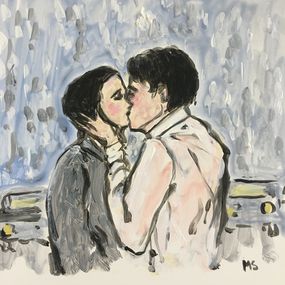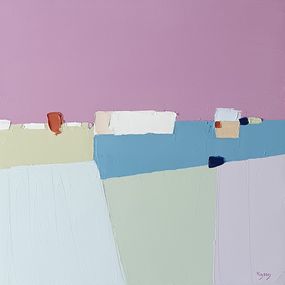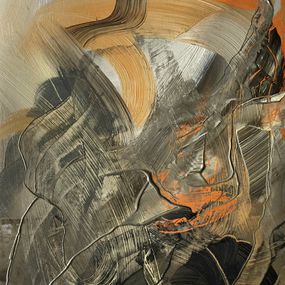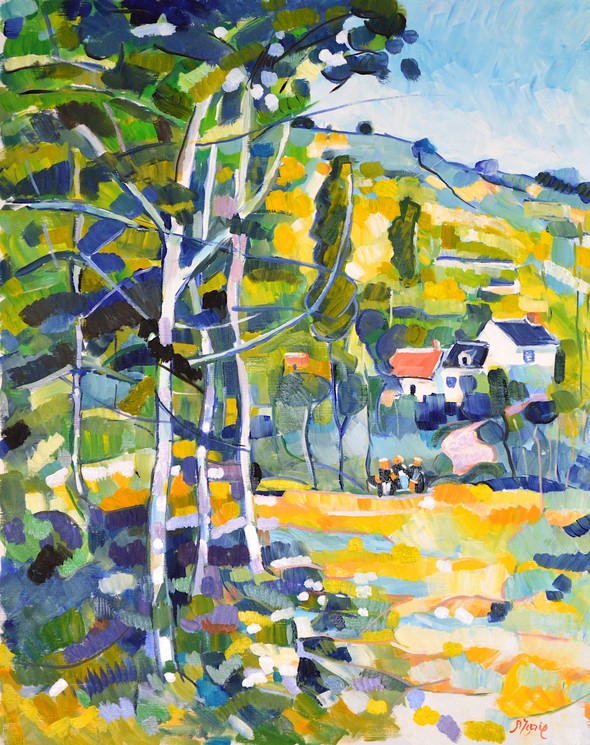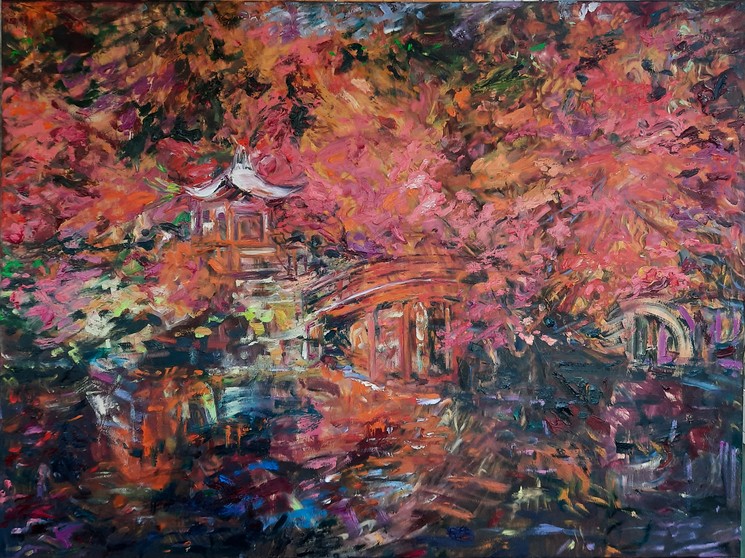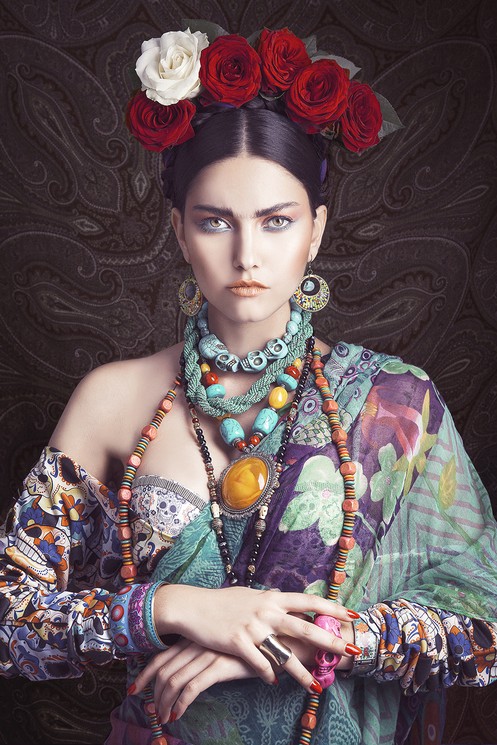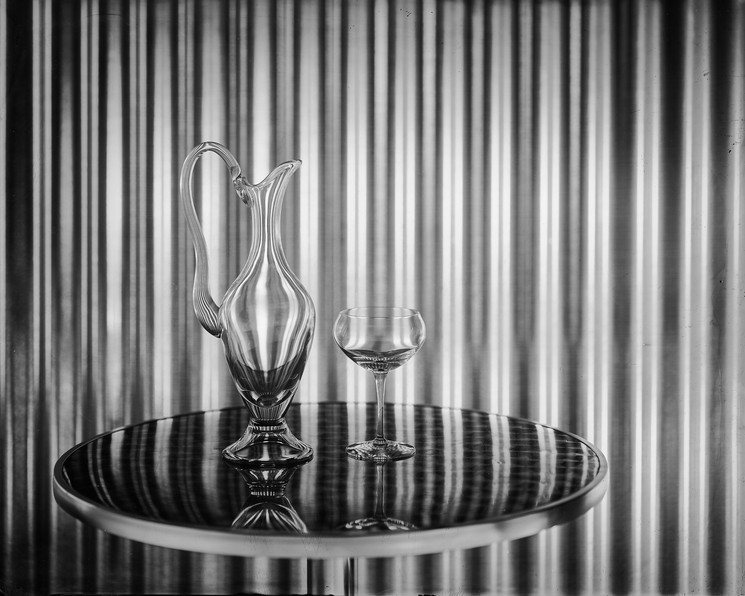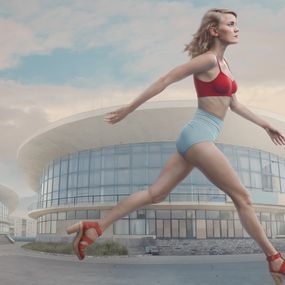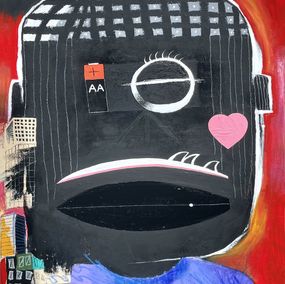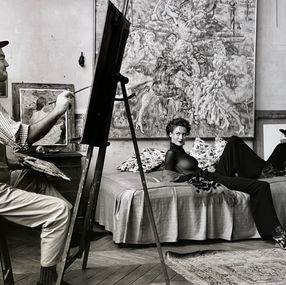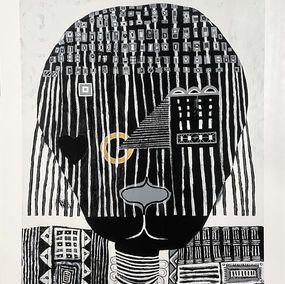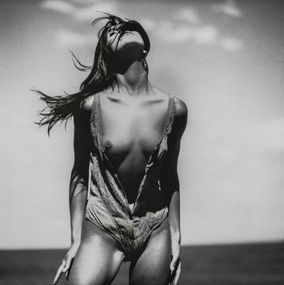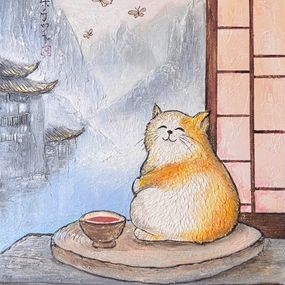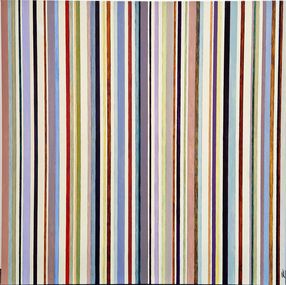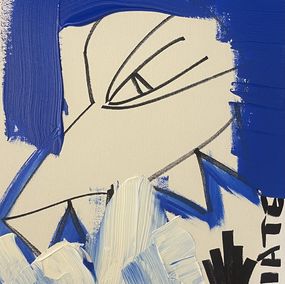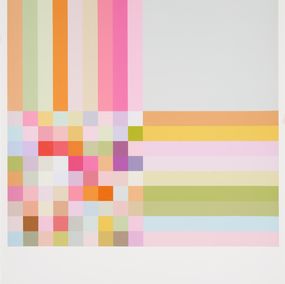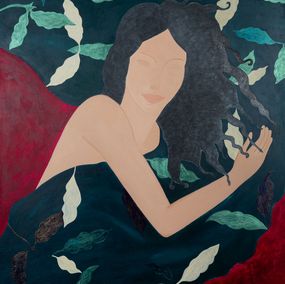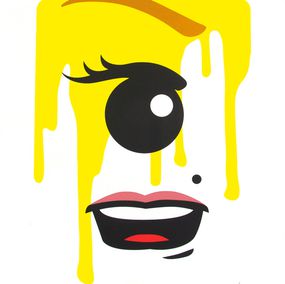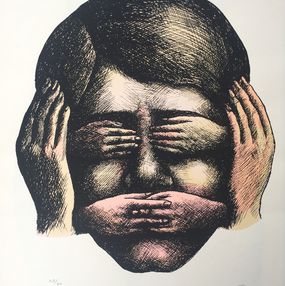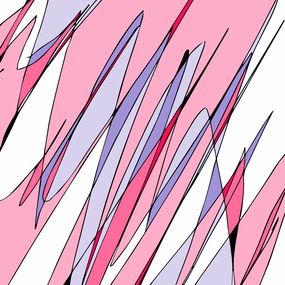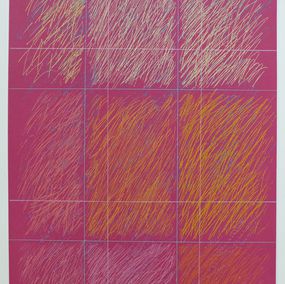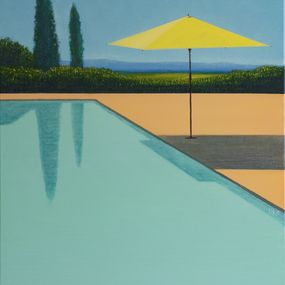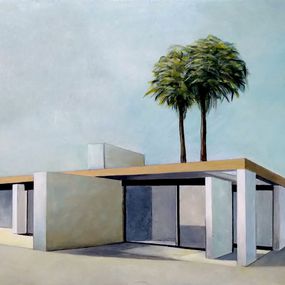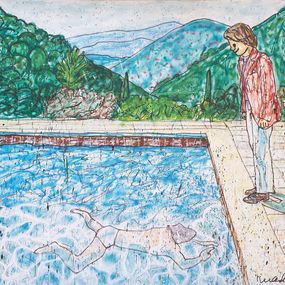
Meilleures Ventes
Découvrez les œuvres que nos collectionneurs adorent
-
Artistes en vogue
Nos dernières recommandations d’artistes à suivre
Zoom sur LIGHTWORKS
Découvrez les œuvres que nos collectionneurs adorent
-
Galeries à la une
Notre sélection de galeries à découvrir
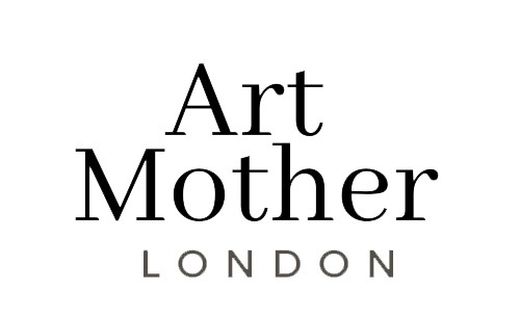
Art Mother London
London, Etats-Unis
Vendeur Artsper depuis 2023
The Sculpture Portal est un cabinet de conseil en art à la pointe des projets d'intérieur les plus prestigieux de Londres. Trouvez des sculptures innovantes et de magnifiques œuvres d'art murales sculpturales en un seul endroit ! Le Portail Sculpture propose un répertoire d’artistes sans précédent à découvrir.
Lire plus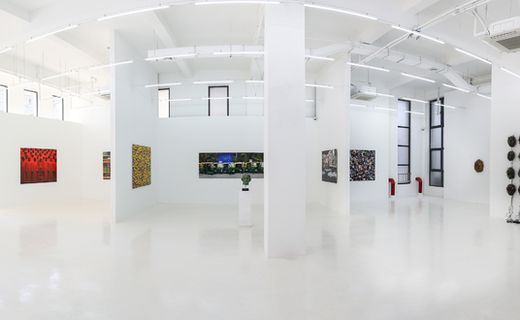

« Crush of the Month » : les coups de cœur de l’équipe en septembre
Éditions à offrir
Inspiré par David Hockney
Artsper, un des leaders mondiaux de la vente en ligne d’art contemporain

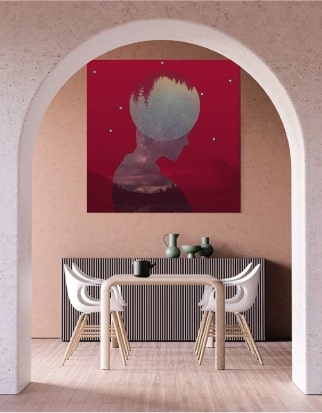
Sélection
Nos experts sélectionnent les meilleures galeries d'art contemporain dans le monde.
Prix négociés
Artsper développe des relations durables et de confiance avec ses 2600 partenaires.
Paiements sécurisés
Vous pouvez régler votre commande en toute sécurité par carte bancaire, Paypal ou virement bancaire.
Collection du moment
Sculpture Bronze
La sculpture en bronze occupe une place centrale dans l'histoire de l'art contemporain. Sa solidité et sa capacité à conserver des détails fins en font un support privilégié pour les artistes cherchant à exprimer formes et volumes avec précision. Les sculptures en bronze se distinguent par leur patine, qui évolue au fil du temps et confère à chaque pièce un caractère unique. Elles attirent les collectionneurs recherchant à la fois durabilité et valeur esthétique. Sur Artsper, la catégorie sculpture bronze regroupe des œuvres réalisées avec des techniques de moulage traditionnelles et des approches expérimentales.Les artistes utilisent le bronze pour explorer thèmes figuratifs, abstraits ou conceptuels. Ce matériau permet un travail complexe sur les textures et les proportions. Parmi les créateurs présents dans cette catégorie, on retrouve Richard Orlinski, Salvador Dalí, Claude Lalanne et Philippe Hiquily, dont les œuvres démontrent la diversité des approches possibles. Ces sculptures sont prisées non seulement pour leur impact visuel mais aussi pour leur potentiel de valorisation sur le marché de l'art. La sculpture bronze, par sa combinaison de technique et de pérennité, demeure un choix stratégique pour enrichir une collection privée ou institutionnelle.

Carte Cadeau
Que ce soit pour un mariage, un anniversaire, un diplôme ou toute autre occasion spéciale,
il n'y a pas de meilleur cadeau que l'art.

